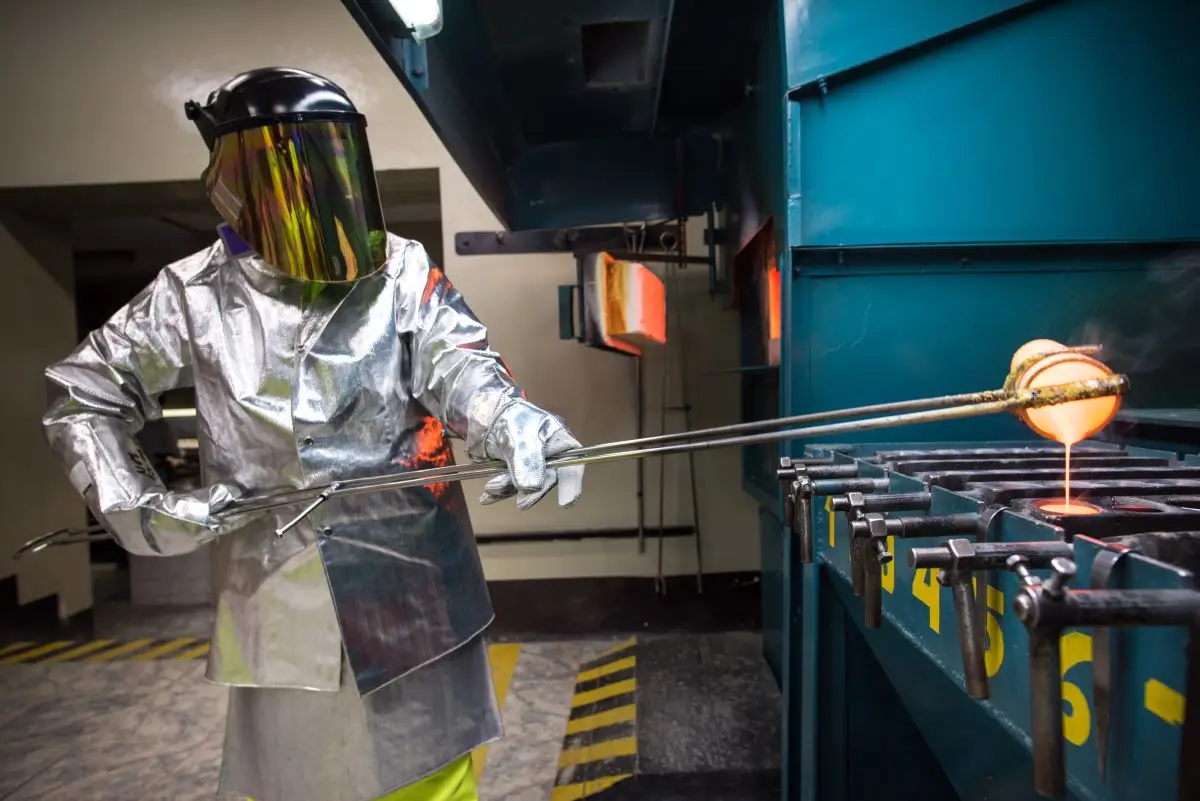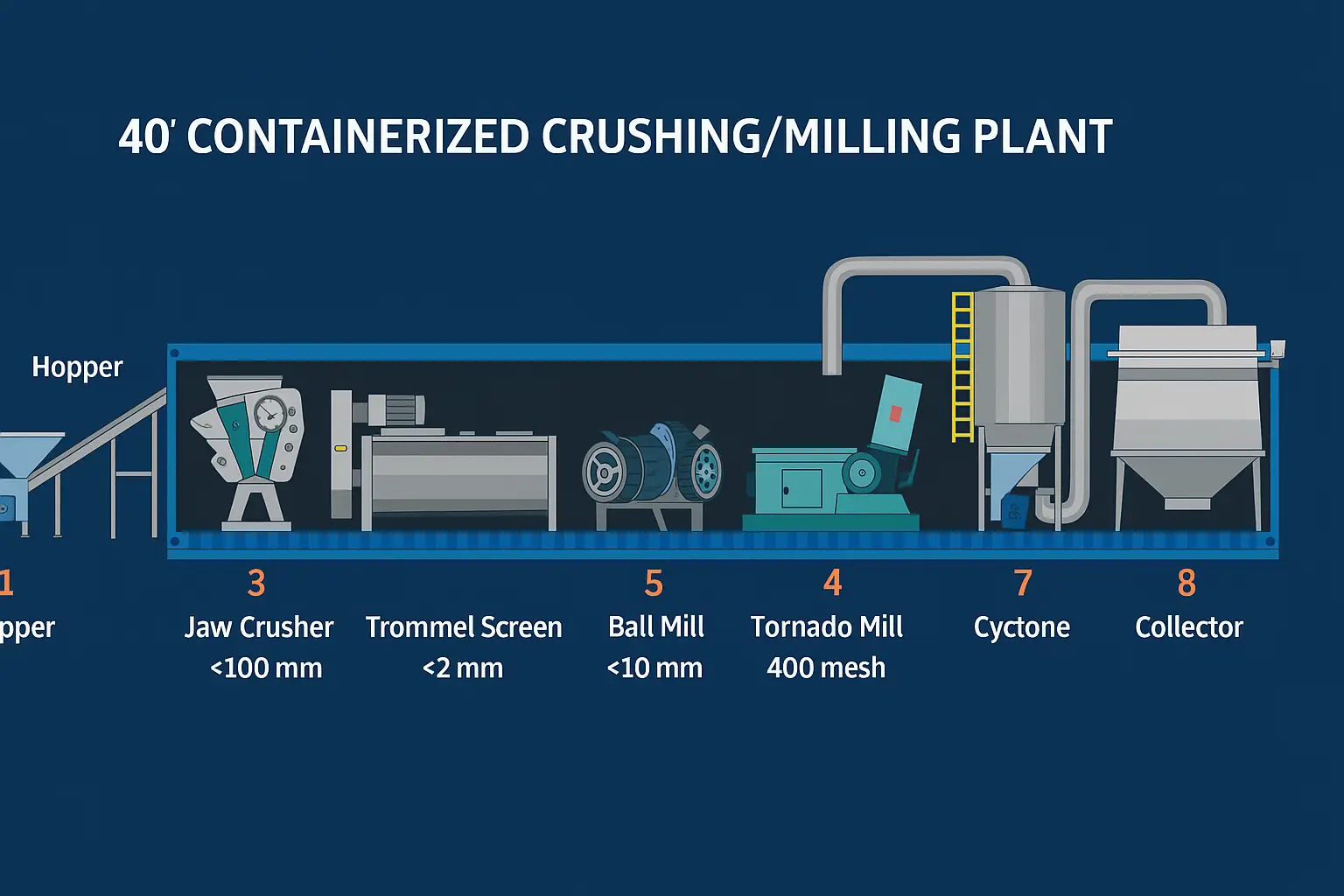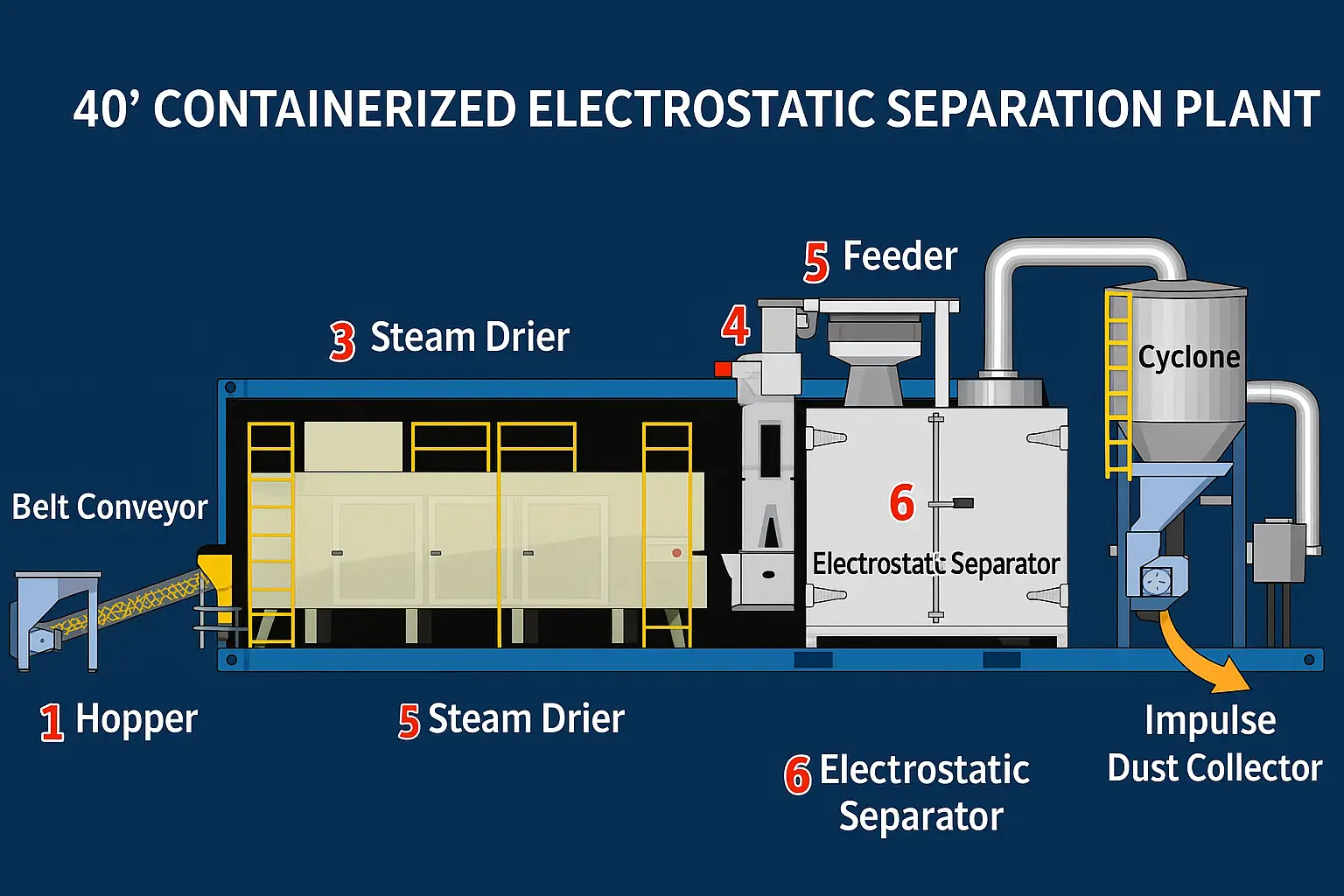The mining industry continues to face serious challenges when it comes to obtaining accurate and representative assay results. Despite miners spending significant amounts on laboratory testing, the results often fail to reflect the true value of the ore—leading to financial loss, misleading assessments, and disputes over settlement.
Limitations of Common Analytical Methods
The most widely used testing methods today—Atomic Absorption (AA), Inductively Coupled Plasma (ICP), and X-Ray Fluorescence (XRF)—analyze only a few grams of sample, typically around 30 grams. This small sample size is simply not sufficient to represent the broader ore body, especially for deposits with heterogeneous distribution of gold and PGM (platinum group metals).
Flaws in Fire Assay with Lead Oxide
Fire assay using lead oxide (litharge) as a collector is considered the industry standard, especially for gold analysis. However, this method has critical limitations:
- Poor efficiency with sulfide ores and micron gold in silicate clusters
- Variable results depending on the litharge-to-ore ratio—more lead oxide can artificially increase gold recovery
- Inability to recover PGM metals effectively, especially from complex or refractory ores
Despite these shortcomings, most smelters still use this method for payment settlement, perpetuating inaccurate results and undervaluing high-potential ore.
Superior Alternatives Ignored by Industry
Copper-based collectors have shown higher efficiency in extracting precious metals, yet the industry refuses to accept copper extraction as a standard assay method for payments. Similarly, using nickel oxide or iron powder as collectors offers much better recovery for PGM metals, but these alternatives are rarely used in commercial assay workflows due to outdated protocols and resistance to change.
The Sampling Problem
Another fundamental issue is the small test sample size. Most labs analyze only 30 grams per test, which does not reflect the bulk characteristics of the ore, especially in complex deposits with sulfides or silicates. For accurate results:
- Samples should be scaled up from a few kilograms to hundreds of grams, not just 30 grams
- Pre-treatment of the ore is critical—especially roasting or oxidizing sulfide and silica-rich samples—before sending to the lab or smelter
The Call for Industry Reform
Miners must recognize that certified labs, including well-known names like SGS, still follow rigid, outdated procedures that often yield misleading data. Relying on these reports without proper pre-treatment or larger-scale sampling can result in serious underestimation of value.
It’s time the industry modernized its analytical standards by:
- Embracing more accurate collection methods like copper or nickel oxide fire assays
- Demanding larger and more representative sample tests
- Treating ore correctly before submission to labs
- Moving away from blind reliance on 30g ICP assays for settlement
Conclusion
The current system fails to deliver reliable results for complex ores, especially those rich in sulfides, silicates, or PGMs. Accurate valuation begins with proper sampling and appropriate collection methods—not outdated standards designed for convenience rather than precision. For miners, the message is clear: Don’t waste money on lab results that don’t reflect reality. Take control of your sample preparation and push the industry to evolve.



